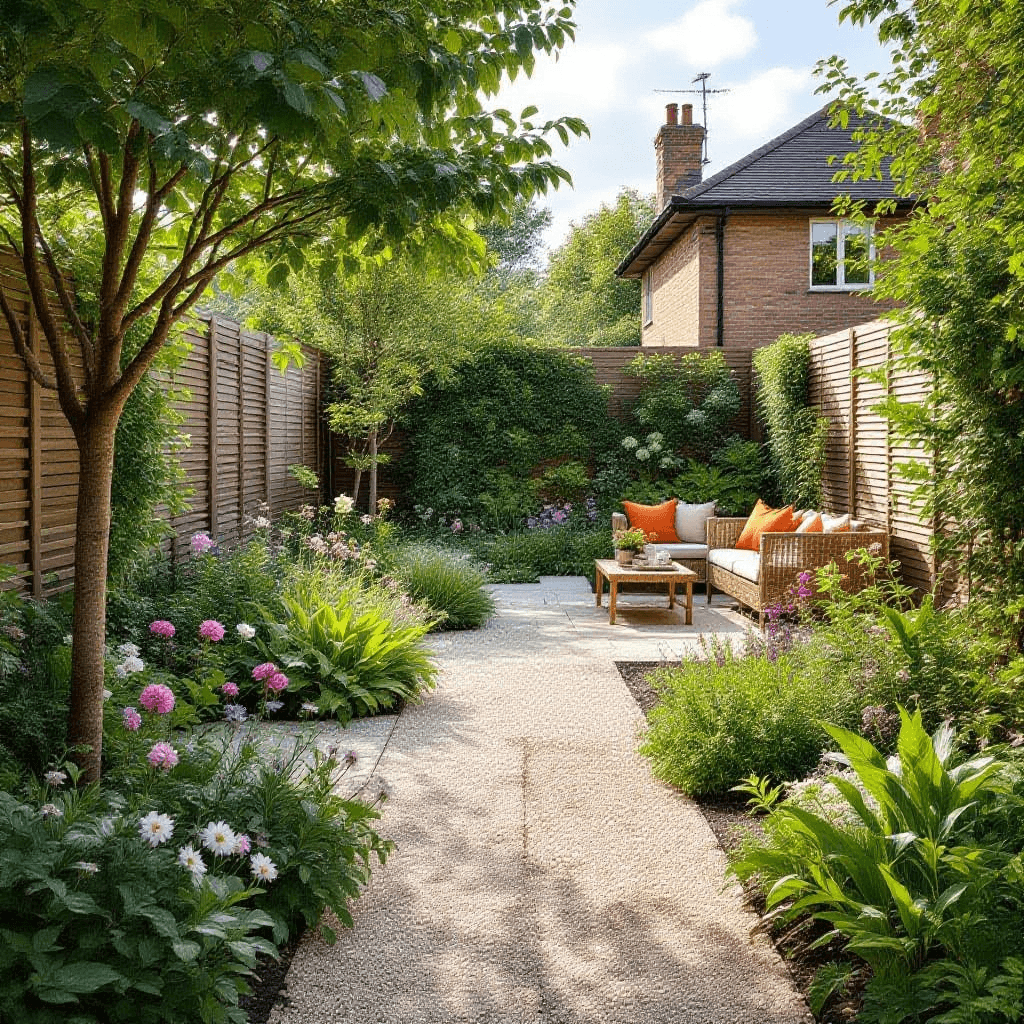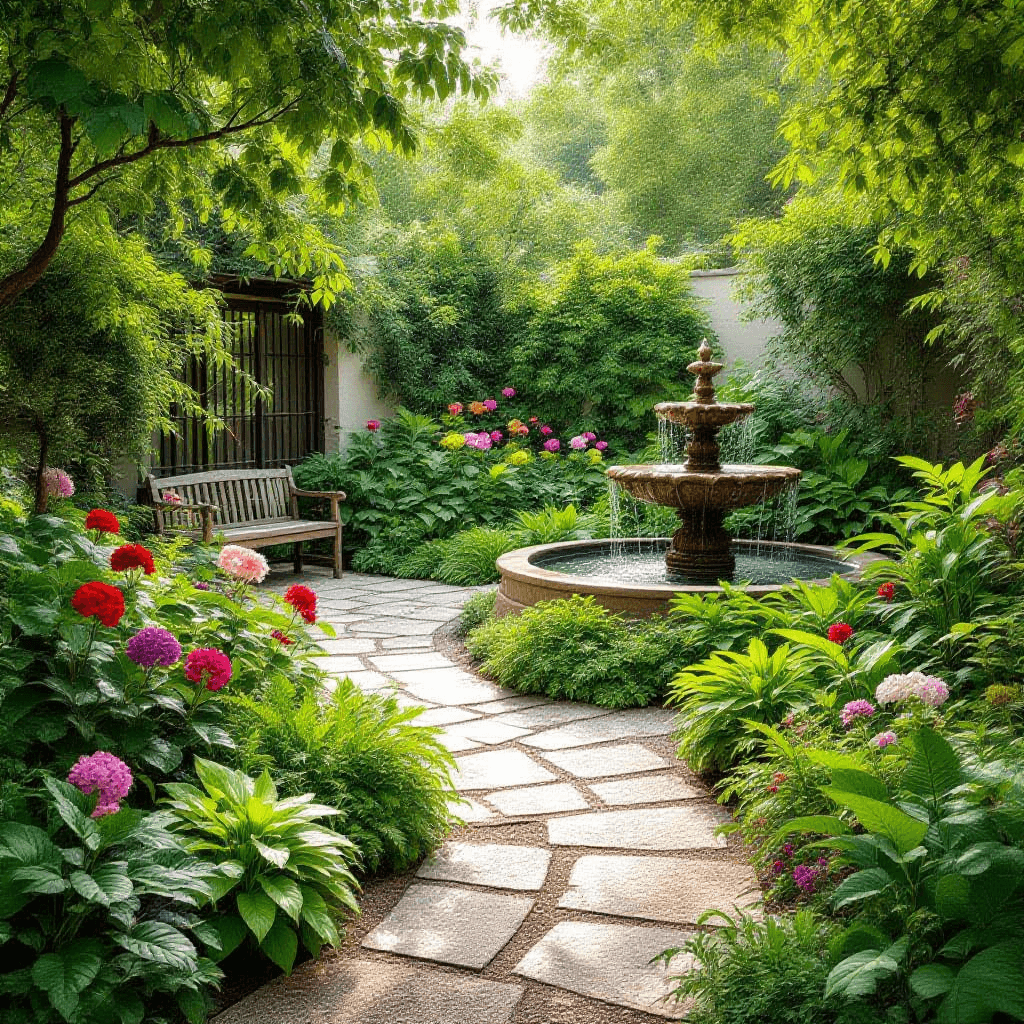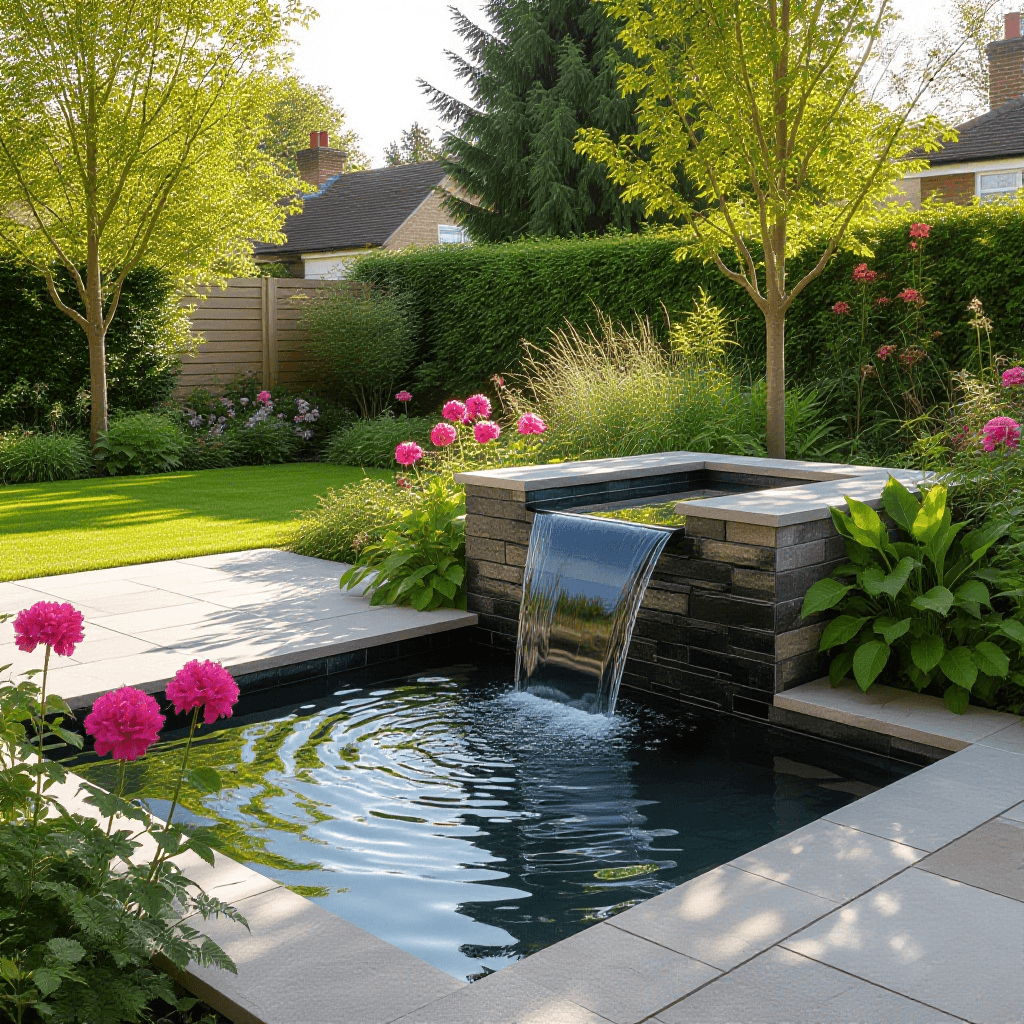Understanding Low-Maintenance Gardening
Low-maintenance gardening is a strategic approach designed to minimize the time and effort invested in garden maintenance while still achieving a visually appealing outdoor space. For busy homeowners, this concept represents an ideal way to enjoy the beauty of nature without the burden of extensive upkeep. Central to low-maintenance gardening is the selection of plants that naturally thrive in the local climate, allowing for optimal growth with minimal intervention.
One of the key principles of low-maintenance gardening is choosing native plants. These species are well-adapted to local environmental conditions and typically require less water, fertilizer, and pest control, making them an excellent choice for efficient and sustainable gardening. Furthermore, native plants often foster biodiversity by attracting local wildlife, such as pollinators, which contribute to a balanced ecosystem within the garden.
In addition to plant selection, employing appropriate landscaping techniques plays a vital role in reducing garden maintenance. Strategies such as xeriscaping — or designing a garden to reduce water use — can significantly lower the need for irrigation. Incorporating mulch into garden beds helps retain moisture, suppress weed growth, and reduce the frequency of watering. Designing a garden layout that minimizes labor-intensive tasks, such as placing plants in close proximity to avoid extensive mowing, can also contribute to lower maintenance needs.
Moreover, sustainable practices are integral in creating a low-maintenance garden. Implementing composting systems, utilizing rain barrels for water collection, and promoting soil health can greatly enhance the garden’s resilience and reduce ongoing care requirements. By understanding these principles and adapting them to personal gardening needs, busy homeowners can create tranquil outdoor spaces that require minimal upkeep and offer long-lasting enjoyment.
Choosing the Right Plants
When designing a low-maintenance garden, selecting the right plants is essential. Homeowners should consider plants that are characterized by their resilience and adaptability, particularly those that require minimal care, watering, and pest management. One of the primary attributes of low-care plants is their drought resistance. Plants such as succulents or sedums thrive in drier conditions, making them ideal for busy individuals who may not have time for regular watering. Additionally, these hardy plants conserve moisture and can contribute to a sustainable garden environment.
Pest resistance is another important characteristic to consider. Selecting plants that naturally repel pests helps minimize the need for chemical treatments and allows for a more organic approach to gardening. Examples include lavender and rosemary, which not only deter pests but also add aesthetic value to any garden design. Furthermore, it is beneficial to choose plants that are well-suited to the local climate. Native plants often flourish with minimal intervention, as they are adapted to the local soil, weather conditions, and seasonal variations. This results in lower maintenance efforts and an environmentally friendly landscape.
When planning the arrangement of plants, grouping them based on their care needs can simplify maintenance tasks. For instance, placing drought-tolerant plants together allows for easier watering schedules and ensures that these plants efficiently utilize available moisture. Including a mix of perennials, shrubs, and groundcovers creates a diverse yet harmonious garden. Perennials such as daylilies or coneflowers can provide continuous color with less replanting effort. Shrubs like junipers serve as effective low-maintenance anchors, while groundcovers can fill gaps and suppress weeds. Adopting these strategies will ultimately lead to a vibrant, thriving garden that aligns with the demands of busy homeowners.
Effective Landscaping Techniques
Creating a low-maintenance garden is an achievable goal for busy homeowners who desire a beautiful outdoor space without the demanding upkeep. One effective strategy involves the use of mulch, which plays a significant role in suppressing weeds and retaining soil moisture. By applying a layer of organic or inorganic mulch around plants and in garden beds, homeowners can significantly reduce the frequency of weeding, thus allowing for more leisure time in their gardens.
Additionally, incorporating hardscaping elements such as paths, patios, and rock gardens can enhance both aesthetics and functionality of a low-maintenance garden. Hardscapes provide structure to the landscape, minimize grassy areas that require regular mowing, and offer durable surfaces for walking and entertaining. These features can act as beautiful focal points while playing a crucial role in decreasing the overall maintenance workload.
Defining garden beds is another landscaping technique that simplifies maintenance. By using borders or edging materials, it is easier to keep lawn grass from invading flower and shrub beds, which ultimately reduces the need for trimming and weeding efforts. Organized garden layouts not only improve the overall appearance but also facilitate easier access for watering and pruning, enhancing the gardener’s efficiency.
Vertical gardening and container gardening are ideal solutions for homeowners with limited outdoor space. Vertical gardens, which maximize vertical surfaces, help to create lush green walls and can be very low-maintenance, especially when utilizing drought-tolerant plants. Similarly, container gardens allow for mobility and easy care; they can be arranged to suit the homeowner’s schedule and preferences while minimizing the space that requires maintenance.
By employing these effective landscaping techniques, homeowners can enjoy a flourishing garden with reduced upkeep, enabling them to make the most of their outdoor living spaces without the burden of constant maintenance.
Practical Maintenance Tips for Busy Homeowners
Maintaining a beautiful garden can be a daunting task for busy homeowners; however, with practical strategies, one can ensure a thriving garden with minimal effort. The first step is to create a seasonal maintenance schedule. By planning tasks in advance, such as pruning, fertilizing, and mulching, homeowners can allocate short periods throughout the year to tend to their garden. This proactive approach not only saves time in the long run but also helps prevent overwhelming tasks from accumulating.
Embracing technology can greatly facilitate garden care. Utilizing irrigation systems, for instance, can reduce the frequency of watering significantly. Smart irrigation controllers can be programmed to water plants according to weather patterns, thus conserving water while ensuring efficient hydration. Additionally, there are numerous garden apps that assist in tracking maintenance tasks, plant health, and reminders for seasonal chores. These digital tools make it easier to manage maintenance without direct oversight, streamlining the process for those with limited time.
Moreover, integrating easy gardening hacks can also expedite regular tasks. For example, using mulch can suppress weed growth and reduce the frequency of watering. Grouping plants with similar watering needs can simplify irrigation, allowing homeowners to manage their time efficiently. Implementing perennial plants, which return year after year, not only minimizes planting efforts but also provides consistent beauty with minimal care.
Finally, homeowners should look for opportunities to incorporate garden care into their busy lifestyles. This could mean taking advantage of quiet mornings or weekends to engage with their green space. Even spending a few minutes each day can contribute to the overall health of the garden, ensuring it remains vibrant without demanding extensive time commitments. By following these practical maintenance tips, busy homeowners can enjoy a thriving garden while effectively balancing their personal and professional lives.


